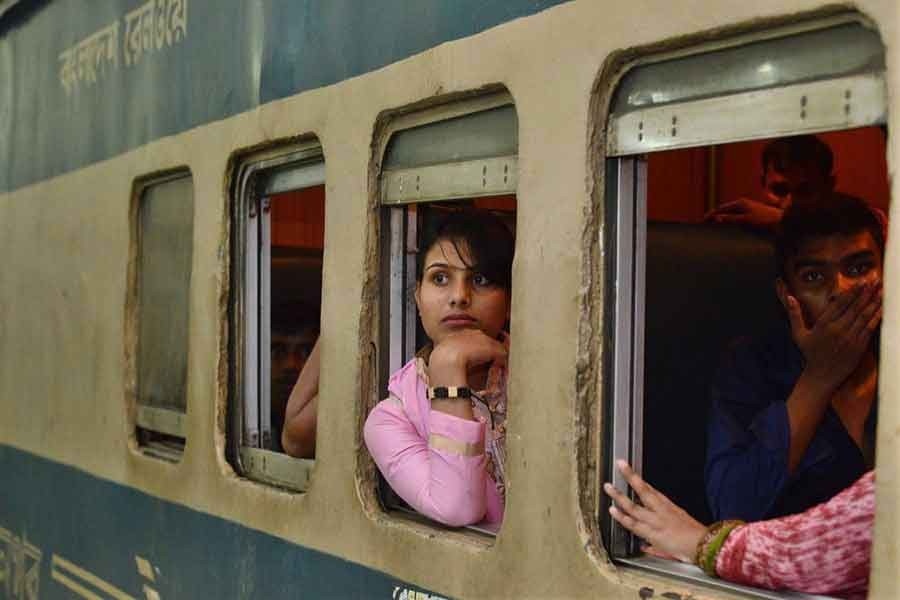
Published :
Updated :

The much-hyped Dhaka-Chattogram high-speed railway project has been declared non-feasible, if not forever, at least for now in consideration of the current state of the Bangladesh Railway (BR). Given the undertakings of a number of mega projects ---particularly the PadmaBridge --- and their progress, it was only natural that the wind to the sail of expectation gathered speed. But with the abandonment of the project, the disappointment has also been very great. However, things, it is alleged, were not as simple as it looks. Report has it that a certain quarter had in mind to carry out feasibility study on design and feasibility of the high-speed tracks. Top engineers knowledgeable and experienced in such matters reportedly opposed the non-starter project as early as 2017 but it was imposed on the BR from higher authorities. Detractors allege that the objective may have been to distribute undue favour to a certain quarter. Now reports claim that Tk1.2 billion has been wasted on the so-called feasibility study.
Then what really makes such a project non-feasible? The railway minister, however, denies that the project of high-speed train popularly known as bullet train between Dhaka and Chattogram has been ruled out for good. Instead, works have been advanced to a stage from where a future project can be started conveniently. Right now the focus is on expansion of the single line to dual lines. This argument does not hold much water simply because there is no guarantee that in future the same foreign company will receive the contract and another company will undertake the project without their own study on design and feasibility. However, the minister's second part of the statement sounds logical. The pedestrian train service now in operation must need radical transformation before taking such an ambitious high-speed train project.
The country's railway has been subjected to utter neglect for decades. This mode of mass transportation should have received priority over long-distance luxurious bus and ubiquitous truck services. Accepted that the private bus companies have imported the costly fleets of buses and trucks, but the government had to spend on building and expanding the network of roads and highways at the expense of a fabulous amount. Instead of lavish expenditure on roads, the railway could be developed like a mass people's most dependable transportation system. In case of fund shortage, public-private partnership (PPP) could be a viable option.
The latest move to expand the single line to double tracks between the port city and the capital city is apparently part of the government's initiative to give the railway a new lease of life. But there is a long way to go. Hobbling on account of outdated infrastructure, the BR has to spend billions of taka to take it to what is called third rail, live rail, electric rail or conductor rail first. Its speed can reach up to 100 miles an hour, enough for the purpose. Third rail systems are usually supplied electricity directly, warranting a special source. To expand such a railway network, pooling resources and developing expertise are a must. This mass transit or rapid transit system should receive priority instead of the highly costly high-speed exclusive railway service.


 For all latest news, follow The Financial Express Google News channel.
For all latest news, follow The Financial Express Google News channel.